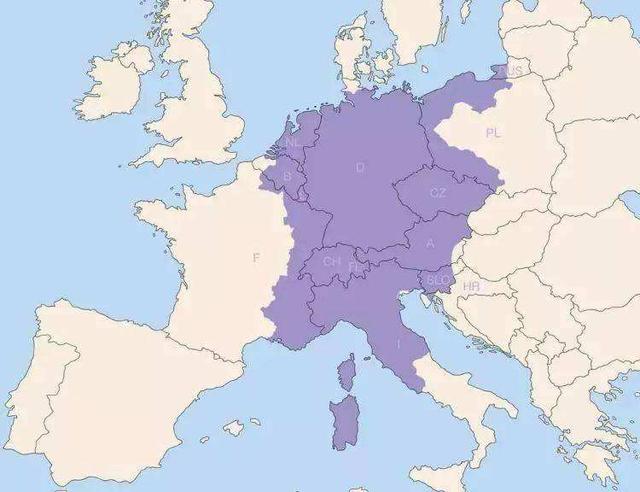Pattern compilation refers to the process of converting a regular expression or pattern into an executable machine code that can be used by a program to perform pattern matching. This process involves multiple steps, including parsing and analysis of the pattern, optimization of the generated code, and generation of the compiled pattern. This article will explain pattern compilation in detail, including its advantages, how it works, and some examples of its usage.
1. Common usage of pattern compilation
Pattern compilation is a critical process in modern software development, particularly in data processing applications. Regular expressions or patterns are used extensively in data validation, search, and manipulation operations, making it essential for developers to generate efficient executable code. Pattern compilation makes it possible for software programs to execute pattern matching operations quickly and efficiently, without the need for time-consuming interpretation.

2. Advantages of pattern compilation
The main advantage of pattern compilation is the speed of execution. Compiled patterns tend to run faster than interpreted patterns because they are translated into efficient machine code that can be executed directly by the computer processor. The optimization process involved in pattern compilation ensures that the generated code is efficient and that it can handle complex patterns correctly.
Another advantage of pattern compilation is the reduced memory usage. Since compiled patterns are stored as executable code, they take up less memory compared to interpreted patterns. This is particularly beneficial for applications that handle large datasets, where memory usage is a concern.
3. How pattern compilation works
The process of pattern compilation involves several steps, including parsing, analysis, optimization, and generation of executable code. Here's a brief overview of each of these steps.
3.1. Parsing: The first step in pattern compilation is parsing. This involves breaking down the pattern into its individual components, such as literals, character classes, and quantifiers. This process is essential to ensure that the pattern is correctly understood by the compiler.

3.2. Analysis: Once the pattern has been parsed, it's analyzed to determine its complexity and to identify any potential performance issues. This step involves examining the pattern structure and evaluating it against a set of rules to verify its correctness.
3.3. Optimization: After the analysis, the compiler optimizes the pattern to ensure that it's executed as efficiently as possible. This involves transforming the pattern syntax into an intermediate representation and applying various optimization techniques, such as loop unrolling and peephole optimization, to minimize the number of machine instructions required to execute the pattern.
3.4. Code Generation: Finally, the compiler generates the executable code that implements the pattern. This involves translating the optimized pattern syntax into machine code that can be executed directly by the computer processor.
4. Examples of pattern compilation
Pattern compilation is used in various programming languages and platforms, including Perl, Python, and Java. Here are some examples of pattern compilation in action.

4.1. Python
In Python, regular expressions are compiled into pattern objects using the `re.compile()` function. This function returns a re.Pattern object that can be used to match strings against the compiled pattern.
```python
import re
# Compile a regular expression pattern into a pattern object
pattern = re.compile(r'\\d+')
# Match the pattern against a string
match = pattern.match('12345')
# Print the matched string
print(match.group())
```
In this example, the regular expression `\\d+` is compiled into a pattern object using the `re.compile()` function. The pattern object is then used to match a string against the compiled pattern. The matched string is printed to the console.
4.2. Java
In Java, regular expressions are compiled into pattern objects using the `Pattern.compile()` method. This method returns a Pattern object that can be used to match strings against the compiled pattern.
```java

import java.util.regex.*;
public class Main {
public static void main(String[] args) {
// Compile a regular expression pattern into a pattern object
Pattern pattern = Pattern.compile(\"\\\\d+\");
// Match the pattern against a string
Matcher matcher = pattern.matcher(\"12345\");
// Print the matched string
System.out.println(matcher.group());
}
}
```
In this example, the regular expression `\\d+` is compiled into a pattern object using the `Pattern.compile()` method. The pattern object is then used to match a string against the compiled pattern. The matched string is printed to the console.
5. Conclusion
PatternCompiler的原理:
1. PatternCompiler是一种正则表达式的编译器,将正则表达式集合编译成一种可调用的格式,在应用程序中快速匹配字符串。
2. 该编译器通过将正则表达式转化为一棵树形结构,从而有效地降低了搜索的时间复杂度。

3. 在编译过程中,使用了一系列的优化算法,例如将相似的正则表达式进行合并,以达到更高的效率。
4. 由于PatternCompiler生成的匹配器是一个可执行的代码,因此可以在许多编程语言中使用,例如Java、C#和Python等。
PatternCompiler的应用:
1. PatternCompiler用于匹配正则表达式,可广泛应用于文本处理领域,例如文本搜索、过滤和替换等。
2. 在自然语言处理和信息检索中,在搜索引擎中使用也很普遍。
3. PatternCompiler也可用于网络安全中的恶意软件检测、网络入侵检测等方面。
4. 在数据挖掘中,PatternCompiler可以用于分析文本数据,并从中抽取有用的信息。
PatternCompiler的优势:
1. PatternCompiler在对正则表达式进行编译时,可以进行有效的优化,从而大大减少搜索时间。
2. 由于生成的匹配器是一个可执行的代码,因此比传统的正则表达式匹配算法更加高效。
3. PatternCompiler可以应用于多种编程语言,具有良好的可移植性。
4. 在实时数据处理环境中,PatternCompiler可以快速处理大量数据,提高数据处理效率。
5. 使用PatternCompiler可以更加精确地匹配正则表达式,减少误判和漏判的情况。
综上所述,PatternCompiler是一种高效、精确的正则表达式编译器,具有广泛的应用前景,在文本处理、网络安全、数据挖掘等领域都有着重要的地位和作用。同时,由于PatternCompiler生成的匹配器是可执行的代码,因此可以在许多编程语言中使用,并以高效的方式处理大量数据,提高数据处理效率。







